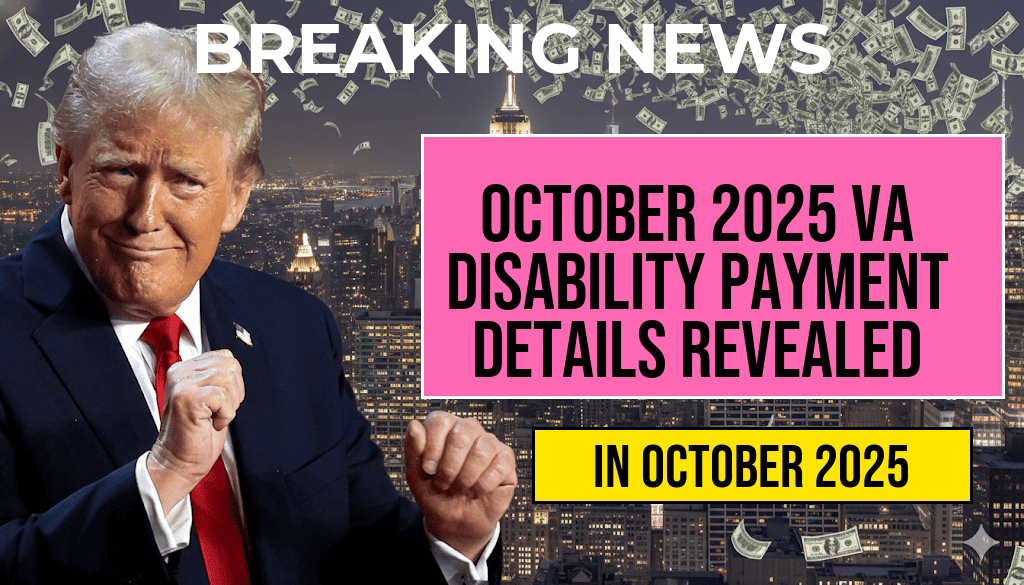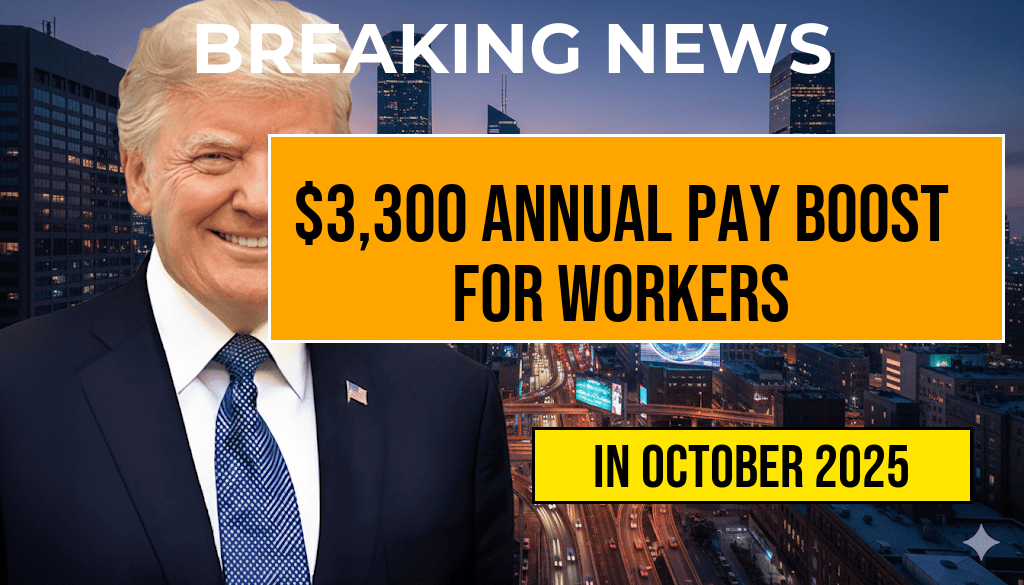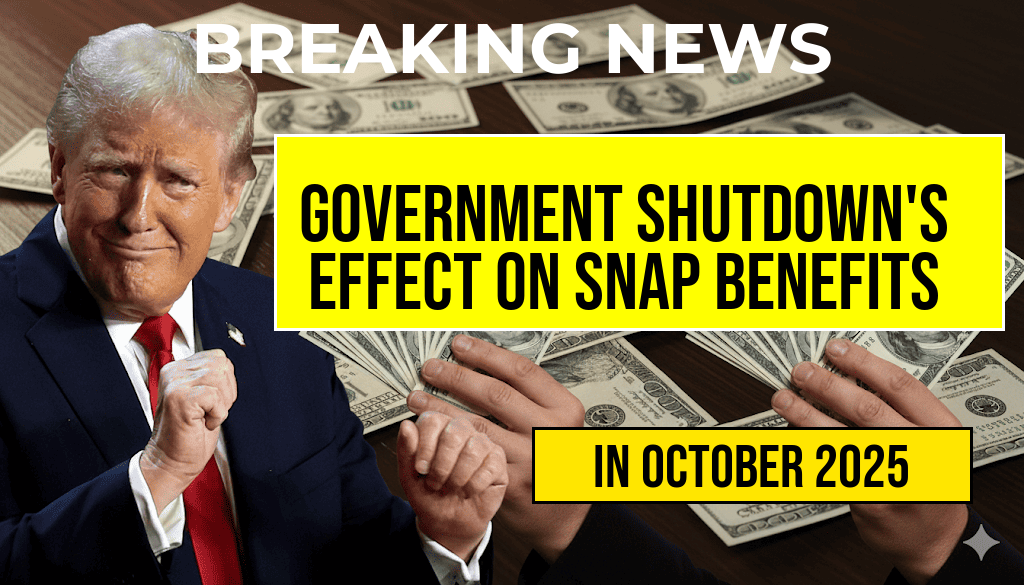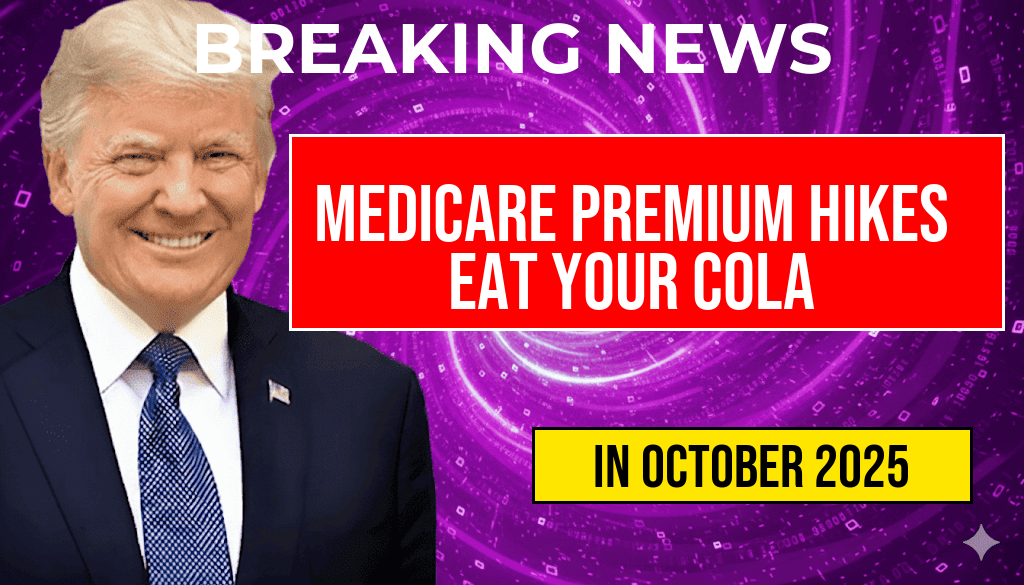The potential for a government shutdown raises significant concerns for millions of Americans who rely on the Supplemental Nutrition Assistance Program (SNAP) and food stamps. As Congress faces the deadline to pass budgetary measures, the implications of a lapse in government funding could dramatically affect access to essential food assistance programs. SNAP, designed to alleviate hunger and improve nutrition for low-income individuals and families, may experience disruptions in funding and service delivery if a shutdown occurs. This article explores the potential impact on SNAP benefits and food stamps, shedding light on the challenges that beneficiaries may face during such an unprecedented event.
Understanding SNAP and Its Importance
SNAP is a crucial federal program that provides food assistance to approximately 42 million Americans, including children, the elderly, and disabled individuals. Funded by the U.S. Department of Agriculture (USDA), the program is vital for ensuring food security and combating hunger in low-income households. The monthly benefits, which vary based on household size and income, help families purchase nutritious food items, making SNAP an essential safety net in times of economic hardship.
What Happens During a Government Shutdown?
A government shutdown occurs when Congress fails to pass funding legislation, leading to the temporary closure of non-essential federal operations. During this period, federal employees may be furloughed, and various programs may face interruptions. While SNAP is considered an essential service, the funding mechanisms and administrative operations could still be affected.
Potential Impacts on SNAP Benefits
- Delay in Disbursement: During a shutdown, the USDA may face challenges in processing and disbursing SNAP benefits. While benefits for the month of October 2023 may be issued on time, subsequent payments could experience delays.
- Administrative Disruptions: A significant portion of SNAP’s operations relies on state-level agencies that may experience staffing issues during a shutdown. This could lead to slower processing times for new applications and recertifications.
- Uncertainty for Future Benefits: Beneficiaries may face uncertainty regarding the continuity of their benefits if the shutdown persists, leading to potential food insecurity.
State Responses and Contingency Plans
States have varying plans to mitigate the effects of a government shutdown on SNAP. Some state agencies have indicated they will use available state funds to continue operations temporarily, while others may lack the resources to do so. The ability to maintain SNAP services largely depends on each state’s financial stability and contingency planning.
Examples of State-Level Actions
| State | Response Plan |
|---|---|
| California | Plans to use state funds to ensure timely SNAP benefit distribution for at least one month. |
| Texas | May face delays in processing new applications but aims to maintain benefits for existing recipients. |
| New York | Will utilize emergency funding to prevent disruptions in benefit delivery. |
Advocacy and Support for Affected Individuals
Organizations that advocate for food security are closely monitoring the situation and urging Congress to prioritize funding for SNAP. Groups such as the Food Research & Action Center (FRAC) and Feeding America are mobilizing to provide resources and support for individuals who may be impacted by the shutdown. These organizations emphasize the importance of maintaining SNAP funding to ensure that vulnerable populations do not face additional hardships during a government shutdown.
Resources for SNAP Beneficiaries
- Food Research & Action Center (FRAC) – Offers resources and advocacy for SNAP beneficiaries.
- Feeding America – Connects individuals with local food banks and assistance programs.
- USDA SNAP Eligibility – Provides information on eligibility and application processes.
Looking Ahead
The uncertainty surrounding a government shutdown creates anxiety for many families relying on SNAP benefits. As Congress negotiates budgetary measures, it is crucial for policymakers to consider the implications of funding decisions on food assistance programs. Ensuring the stability of SNAP is essential for millions of Americans who depend on this lifeline to meet their nutritional needs.
Frequently Asked Questions
What happens to SNAP benefits during a government shutdown?
During a government shutdown, existing SNAP benefits may continue to be distributed for a limited time, but new applications and renewals could be delayed until the government reopens.
Will I receive my food stamps if the government shuts down?
Yes, if you are already receiving food stamps, you should continue to receive your benefits until the funds are exhausted, but the processing of new applications may be paused.
How does a government shutdown affect nutrition assistance programs?
A government shutdown can lead to delays in funding and administration of nutrition assistance programs, which may impact service delivery and eligibility determinations.
Are there any contingency plans for SNAP during a shutdown?
Typically, SNAP has contingency plans in place, which may include utilizing stored funds to continue providing benefits for a short period during a shutdown.
How can I find updates on SNAP benefits during a government shutdown?
You can find updates on SNAP benefits through the official government websites, state social services offices, or local food assistance programs that provide information during a government shutdown.











